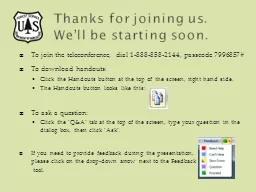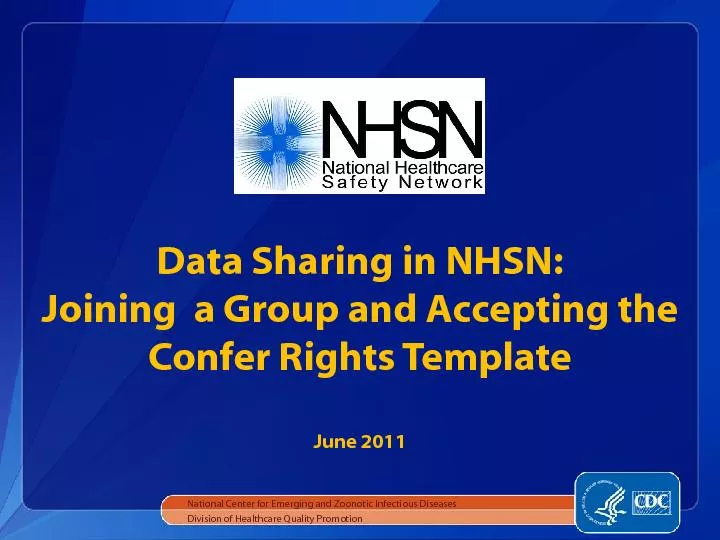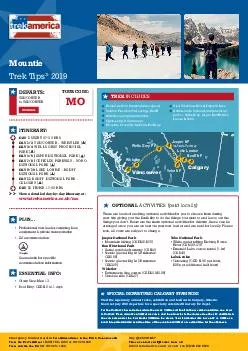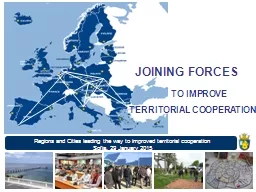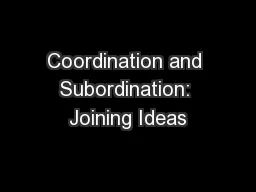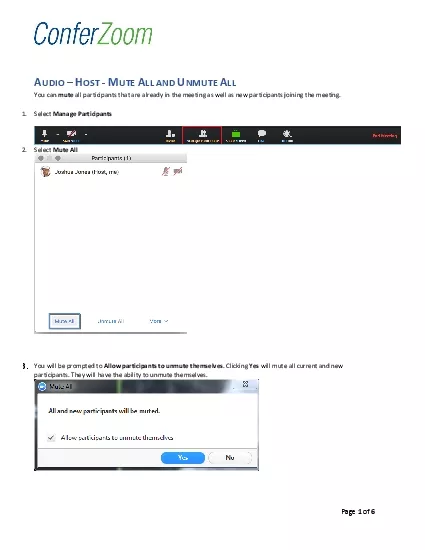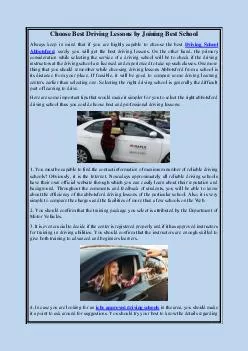PPT-Thanks for joining us.
Author : conchita-marotz | Published Date : 2016-07-10
Well be starting soon To join the teleconference dial 18888582144 passcode 7996857 To download handouts Click the Handouts button at the top of the screen right
Presentation Embed Code
Download Presentation
Download Presentation The PPT/PDF document "Thanks for joining us." is the property of its rightful owner. Permission is granted to download and print the materials on this website for personal, non-commercial use only, and to display it on your personal computer provided you do not modify the materials and that you retain all copyright notices contained in the materials. By downloading content from our website, you accept the terms of this agreement.
Thanks for joining us.: Transcript
Download Rules Of Document
"Thanks for joining us."The content belongs to its owner. You may download and print it for personal use, without modification, and keep all copyright notices. By downloading, you agree to these terms.
Related Documents

